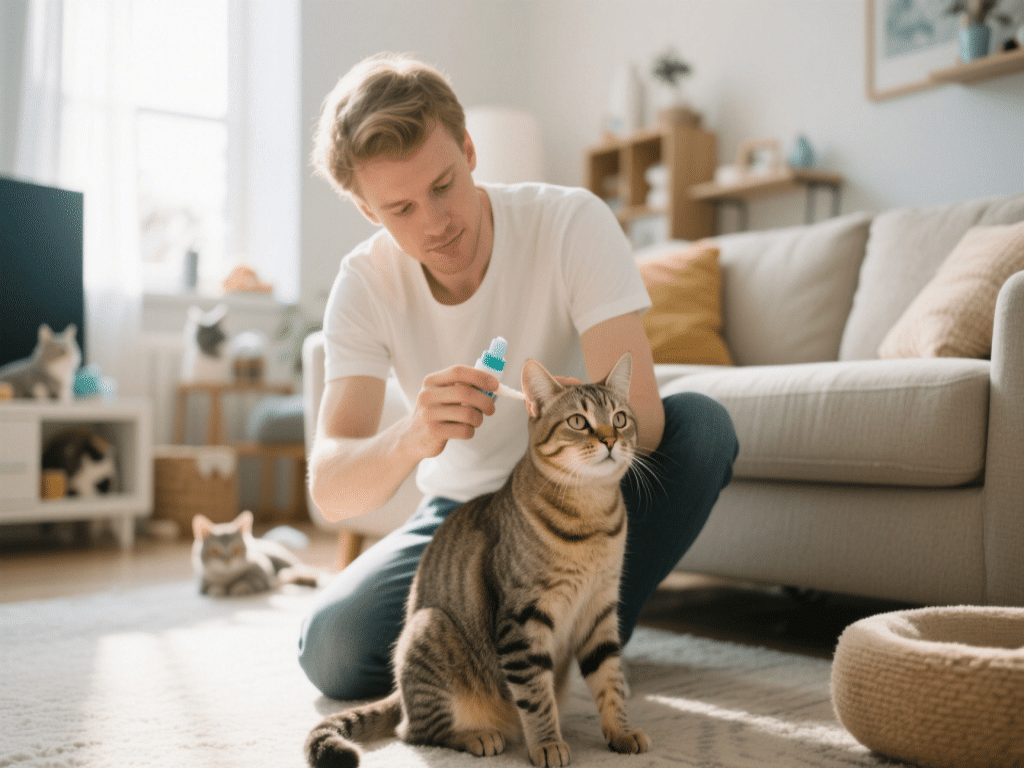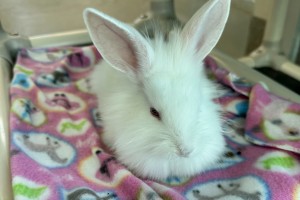Introduction
Feeding a household with both cats and dogs requires careful planning to ensure each pet gets proper nutrition without food aggression or weight issues. Differences in dietary requirements and eating behaviors can create challenges. This guide outlines best practices for meal planning, scheduling, and feeding environments to promote harmony and health.
Understanding Dietary Needs
Cats (Obligate Carnivores): Require high protein, moderate fat, minimal carbohydrates, and specific nutrients like taurine and arachidonic acid.
Dogs (Omnivores): Benefit from a balanced diet of protein, carbohydrates, fats, vitamins, and minerals. Dog food formulas vary by life stage, size, and health conditions.
Establishing Separate Feeding Stations
Physical Separation: Place cat and dog bowls in different rooms or elevated surfaces to prevent scavenging.
Vertical Space for Cats: Use cat trees or counter spaces where dogs cannot reach; cats feel safer eating at height.
Slow Feeders for Dogs: Puzzle feeders or slow-feed bowls can extend meal time, preventing rapid gobbling and guarding cat food.
Meal Scheduling Strategies
Scheduled Mealtimes: Offer food at set times (e.g., twice daily) rather than free-feeding to monitor intake and prevent overeating.
Staggered Feeding: Feed cats first in a quiet area; once finished, remove their bowls and then feed dogs in another space.
Observation: Watch pets during meals to ensure each is eating the correct food and quantity; intervene if necessary.
Managing Food Preferences and Picky Eating
Consistent Formulas: Avoid switching brands frequently; sudden changes can upset digestion.
Separate Treat Times: Train pets to accept treats in designated spots, ensuring one pet does not steal the other’s snacks.
Personalized Portions: Measure meals according to each pet’s caloric needs; overweight pets may need weight management formulas.
Preventing Food Aggression and Competition
Calm Environment: Feed in a low-stress, quiet room; keep other pets away during feeding times.
Positive Reinforcement: Reward calm behavior with praise or a small treat after meals to encourage peaceful feeding.
Boundary Training: Teach “stay” and “place” commands so pets learn to wait calmly while others eat.
Choosing the Right Food
Life Stage Formulas: Kittens and puppies need growth formulas; adult and senior pets have specialized needs.
Health Conditions: Select prescription diets if pets have allergies, kidney disease, or weight issues.
Quality Ingredients: Opt for brands with named protein sources (chicken, salmon) and minimal fillers.
Monitoring Body Condition
Regular Weigh-Ins: Track weight monthly to ensure pets maintain ideal body condition scores.
Adjust Portions: Modify feeding amounts if weight fluctuates; consult a veterinarian for guidance.
Watch for Digestive Upsets: Monitor stool consistency and appetite; dietary adjustments may be necessary.
Multi-Pet Meal Rituals
Interactive Feeding: Use treat balls or food puzzles to stimulate mental engagement and slow consumption.
Family Mealtime Bonding: Sit quietly near both pets during meals to reinforce calm behavior and trust.
Scheduled Play Sessions: Provide mental and physical exercise before mealtime to reduce stress and promote healthy hunger cues.
Conclusion
Feeding a multi-pet household demands organization, patience, and knowledge of each species’ dietary requirements. By creating separate feeding spaces, scheduling meals thoughtfully, and monitoring nutrition, you can ensure cats and dogs coexist peacefully and thrive. Consistency and positive reinforcement are key to a harmonious, well-fed home.










I think some context is missing in the second paragraph, but overall a good read.
Thanks for the in-depth analysis. Really appreciate the breakdown of each point.